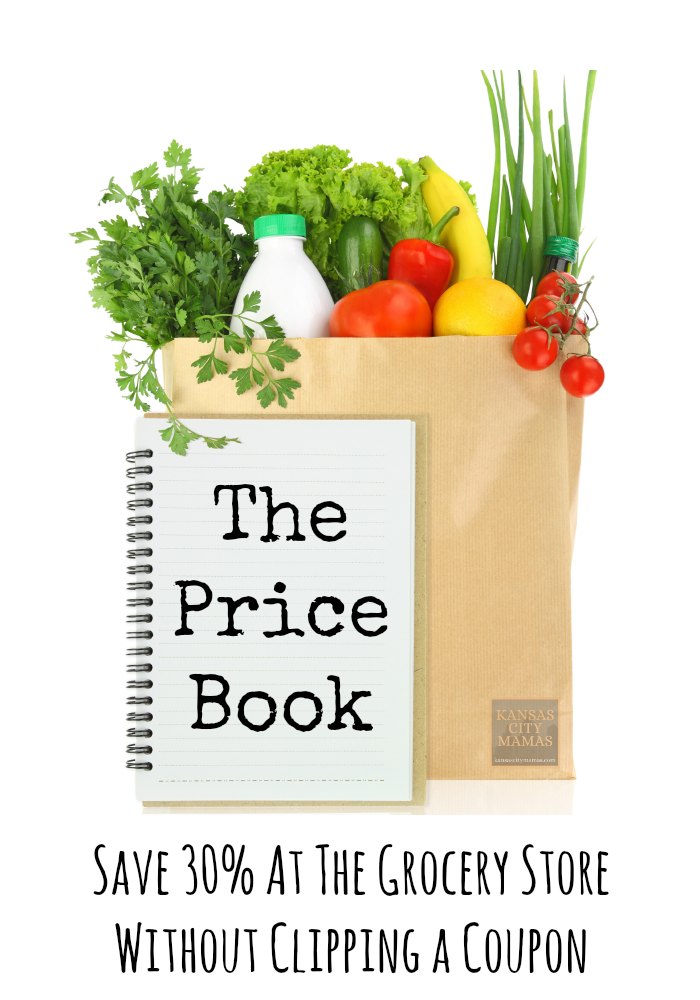
A price book is one of the most overlooked steps in cutting your grocery cost, but is the one that will save you most the money.
Yep, not cutting coupons. But actively updating and using your price book to become an educated shopper.
A Price Book records the prices of your most commonly purchased items. (I recommend the top 25 items you purchase as a good starting place.) This way you can easily recognize a deal when you see one. Your Price Book should have five columns – Item Name, Full Price, Price By Unit, Store, and Date.
For example,
Tide Detergent (32 load), $4.00, $.125 per load, Hy-Vee, 3/15
To start, on your next shopping trip, record the price of your 25 most purchased items. This price becomes your benchmark. Brand names should only be noted for items you will not or cannot substitute (i.e. Tide HE Laundry Detergent vs. Laundry Detergent – Any Brand.)
A benchmark is important for two reasons:
- You know to NOT buy an item unless it is that price or less.
- You’ll notice that sales are cyclical, so buy tracking the price you buy items, you know when to buy and when to wait.
As you start couponing and strategic shopping, note in your price book when you purchase an item for a lower than benchmarked price. This new price becomes your new benchmark and you know not to purchase the item (unless last resort) unless it reaches the new price or lower.
Keep updating your benchmark as you continue to stock your stockpile and pretty soon you’ll have established the lowest absolute price. When an item hits this price – you know to buy as many as your budget allows.
A Price Book can be hand written or electronic but needs to be something you can easily access through your phone or carry in your purse when shopping. By recording the unit price of your 25 most purchased items you can make sure you’re comparing apples to apples when in pursuit of the best deal.
My first Price Book was written on a cute piece of paper that I kept in my mini expandable coupon organizer. As my preferences change for how I organize coupons so does the look and feel of my Price Book. Currently, my Price Book is a 3×4 notebook I keep in my purse.
The reason a price book will save you more money than coupons is because the biggest decrease in price comes when an item is on sale. If you are able to track the sales (and create benchmarks), you’ll know that Tide is the best deal when it is $2.50 per bottle, not $4.00 per bottle.